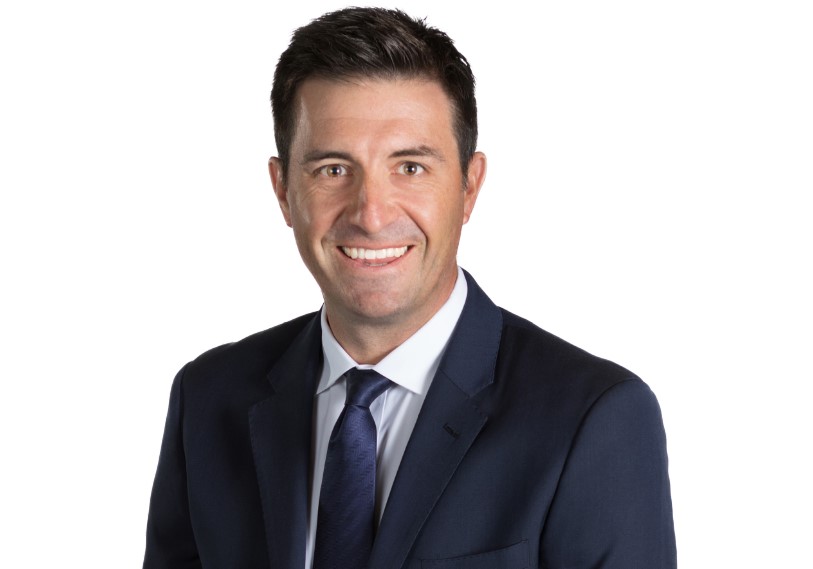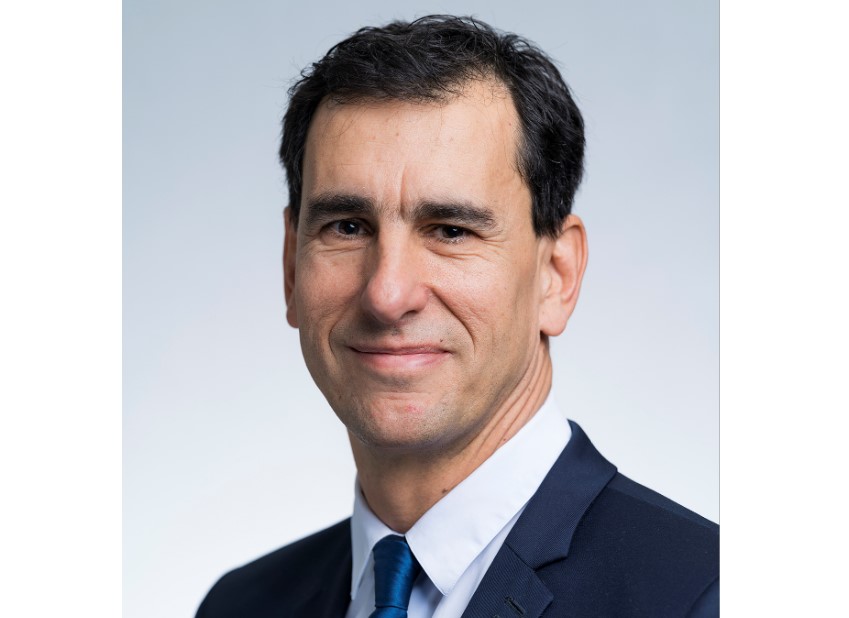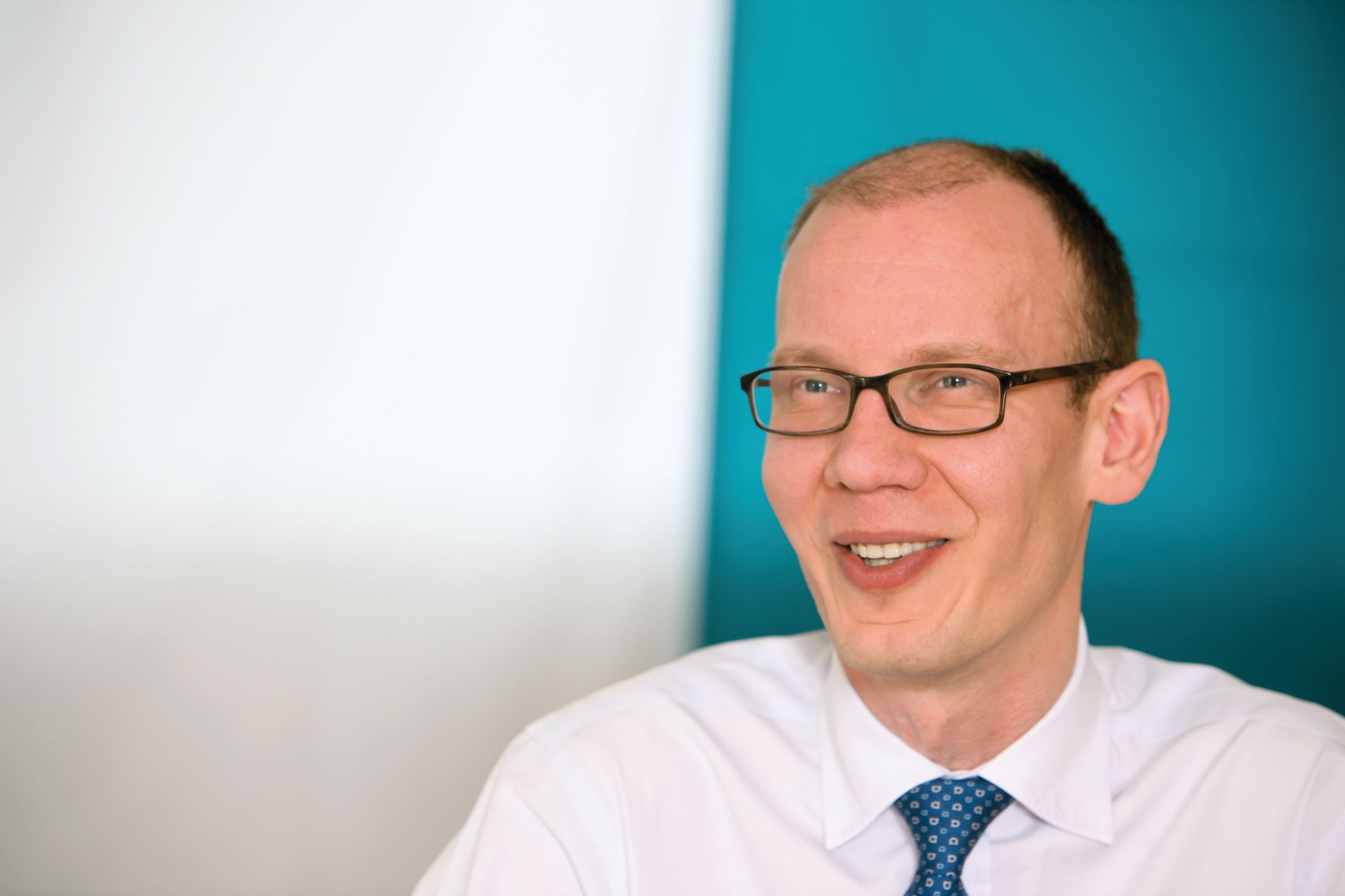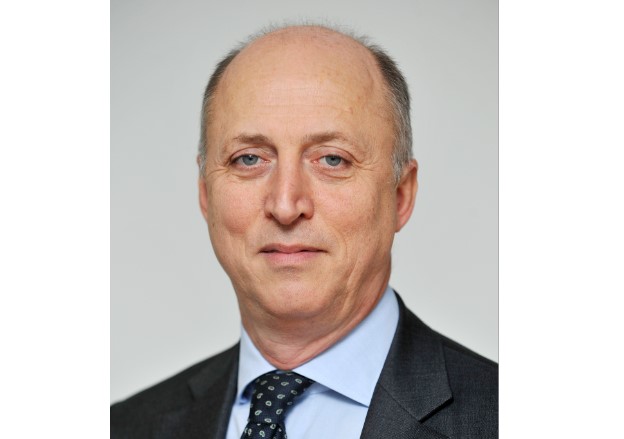Listed Infrastructure’s Crucial Role in the Clean Energy Transition
| By Meritxell Sedo | 0 Comentarios

It is in one area in particular where listed infrastructure is emerging as a viable alternative to its private counterpart: clean energy.
It’s abundantly clear that renewables and sustainability-related sectors will be a magnet for infrastructure investment in the coming years. Both governments and an increasing number of large multinational corporations have committed to ambitious carbon reduction targets in the post-Covid era.
This will require trillions of dollars of capital to be re-directed to clean energy assets. The shift was already gathering momentum prior to the public health crisis.
In the year before the pandemic, the renewables sector had accounted for the largest share of private-sector infrastructure investment. It drew in more than USD40 billion in new capital in 2019 alone – or over 40 per cent of the total amount invested in infrastructure that year. This is up from 20 per cent at the start of the decade (1).

That looks modest compared with what could unfold. According to the International Renewable Energy Agency, cumulative investments in the energy system will need to increase 16 per cent to USD110 trillion between 2016 and 2050 from what’s currently planned to meet climate targets.
If that happens, investment opportunities in the electrification and infrastructure segment – which includes power grids, EV charging networks and hydrogen or synthetic gas production facilities – could expand to as much as USD26 trillion by 2050. It is a similar picture in renewables.
Public infrastructure: gaining depth
And there are reasons to believe that the public market could attract a significant share of this capital.
The rise of blank-check financiers, popularly known as SPACs (special purpose acquisition companies), is a crucial development in this regard.
SPACs start off with no assets and go public to pool capital with the intention of merging or acquiring targets. They provide a quicker and more efficient alternative for firms to raise capital than through a traditional public listing.
According to US law firm Vinson & Elkins, the number of announced “de-SPAC” transactions by clean energy companies – or the post-IPO process of the SPAC and the target business combining into a publicly traded operating company – set a record in 2021 while IPOs of energy transition SPACs have been equally robust.
Among the most popular industries targeted by SPACs are electric/alternative fuel vehicles, vehicle autonomy and grid-level battery storage (2).
The V&E report adds: “with projected capital requirements to meet carbon goals and deep investor appetite for these investments, activity to date may be but a prelude to even more robust activity over the next decade.”
The average clean-energy SPAC is estimated to have an anticipated enterprise value – a measure of a company’s potential takeover value – of USD1.8 billion (3).
Traditional IPOs in the clean energy industry are also strong in some regions. In Spain, partly in response to the EU’s green recovery investment plan, at least four companies, including Repsol, are working on possible IPOs of renewable assets this year.
Green infrastructure for impact
As the world accelerates efforts to decarbonise and become more resource efficient, listed infrastructure firms specialising in clean energy and sustainable solutions are both a complement and alternative to private assets.
Listed infrastructure stocks, especially in clean energy and sustainable sectors, also allow investors to align their investment return objectives with their environmental and social goals.
Pictet Clean Energy strategy: investing in energy transition
- Pictet AM’s Clean Energy strategy is ideally placed as a complement for institutional investors looking for exposure in sustainable infrastructure.
- The strategy invests in companies supporting and benefiting from the energy transition. It aims to deliver long-term capital growth with a scope to outperform major global equity indices over a business cycle.
- The strategy invests in broad and diversified clean energy segments, not only in renewable energy but also technologies, innovations and infrastructure supporting smart mobility, energy efficient buildings and efficient manufacturing.
- Utilities and industrials make up at least 40 per cent of the portfolio.
- About a third of the portfolio is directly exposed to infrastructure assets and investments, while the remaining has indirect exposure which should also benefit from growing inflows into green infrastructure.
- The portfolio is nearly 100 per cent exposed to US President Joe Biden’s USD2 trillion stimulus.
- Launched in 2007, Clean Energy strategy has a track record that is one of the longest in the industry. The experienced team that manage the Clean Energy strategy sit within our pioneering Thematic Equities team that manages around USD53 billion across a range of strategies.
- Data as of 31/03/2021.
Opinion written by Xavier Chollet, Senior Investment Manager in the Thematic Equities Team co-managing the Clean Energy Strategy at Pictet Asset Management
Click here for more insights on clean and sustainable infrastructure
Notes:
(1) Source: Global Infrastructure Hub. Investments combining debt (75%) and equity (25%) flows.
(2) Source: Vinsons and Elkins, 13.01.2021
(3) Shayle Kann, a San Francisco-based managing director at Energy Impact Partners, in an InterChange podcast entitled “The Cleantech SPAC Attack.”
Información importante:
Este material va dirigido exclusivamente a inversores profesionales. Sin embargo, no deberá ser distribuido a ninguna persona o entidad que sea ciudadano o residente de cualquier lugar, estado, país o jurisdicción en el que dicha distribución, publicación o uso sea contrario a sus leyes o normativas. La información utilizada para la elaboración del presente documento se basa en fuentes que consideramos fiables, pero no se hace ninguna manifestación ni se da ninguna garantía en cuanto a la exactitud o integridad de dichas fuentes. Cualquier opinión, estimación o previsión puede modificarse en cualquier momento sin previo aviso. Los inversores deben leer el folleto o el memorándum de oferta antes de invertir en cualquier fondo gestionado por Pictet. El tratamiento fiscal depende de las circunstancias individuales de cada inversor y puede cambiar en el futuro. Las rentabilidades pasadas no son indicativas de rentabilidades futuras. El valor de las inversiones, así como la renta que generen, puede disminuir o aumentar y no está garantizado. Es posible que usted no recupere el importe inicialmente invertido.
Este documento ha sido publicado en Suiza por Pictet Asset Management SA y en el resto del mundo por Pictet Asset Management Limited, sociedad autorizada y regulada por la Financial Conduct Authority, y no podrá reproducirse ni distribuirse, ni parcialmente ni en su totalidad, sin su autorización previa.
Para los inversores estadounidenses, la venta de acciones en los Estados Unidos o a Personas de los Estados Unidos solo se puede realizar mediante colocaciones privadas a inversores acreditados según las exenciones de registro en la SEC en virtud de las exenciones a colocaciones privadas de la Sección 4(2) y el Reglamento D conforme a la Ley de 1933 y a clientes cualificados según lo definido en la Ley de 1940. Las acciones de los fondos de Pictet no se han registrado según la Ley de 1933 y, salvo en operaciones que no violen las leyes de valores de los Estados Unidos, no pueden ser ofrecidas ni vendidas ni directa ni indirectamente en los Estados Unidos ni a Personas de los Estados Unidos. Las Sociedades de Gestión de Fondos del Grupo Pictet no se registrarán según la Ley de 1940.






 In the past 12 years that the CKDs have been in place there have been 121 funds, while in the three years since the creation of CERPIs there are already 51. The explosive growth in the issuance of CERPIs with respect to the CKDs is due to the fact that they have primarily focused on fund of funds (43) while the others have been more sectorial focused as can be seen in the table.
In the past 12 years that the CKDs have been in place there have been 121 funds, while in the three years since the creation of CERPIs there are already 51. The explosive growth in the issuance of CERPIs with respect to the CKDs is due to the fact that they have primarily focused on fund of funds (43) while the others have been more sectorial focused as can be seen in the table.









